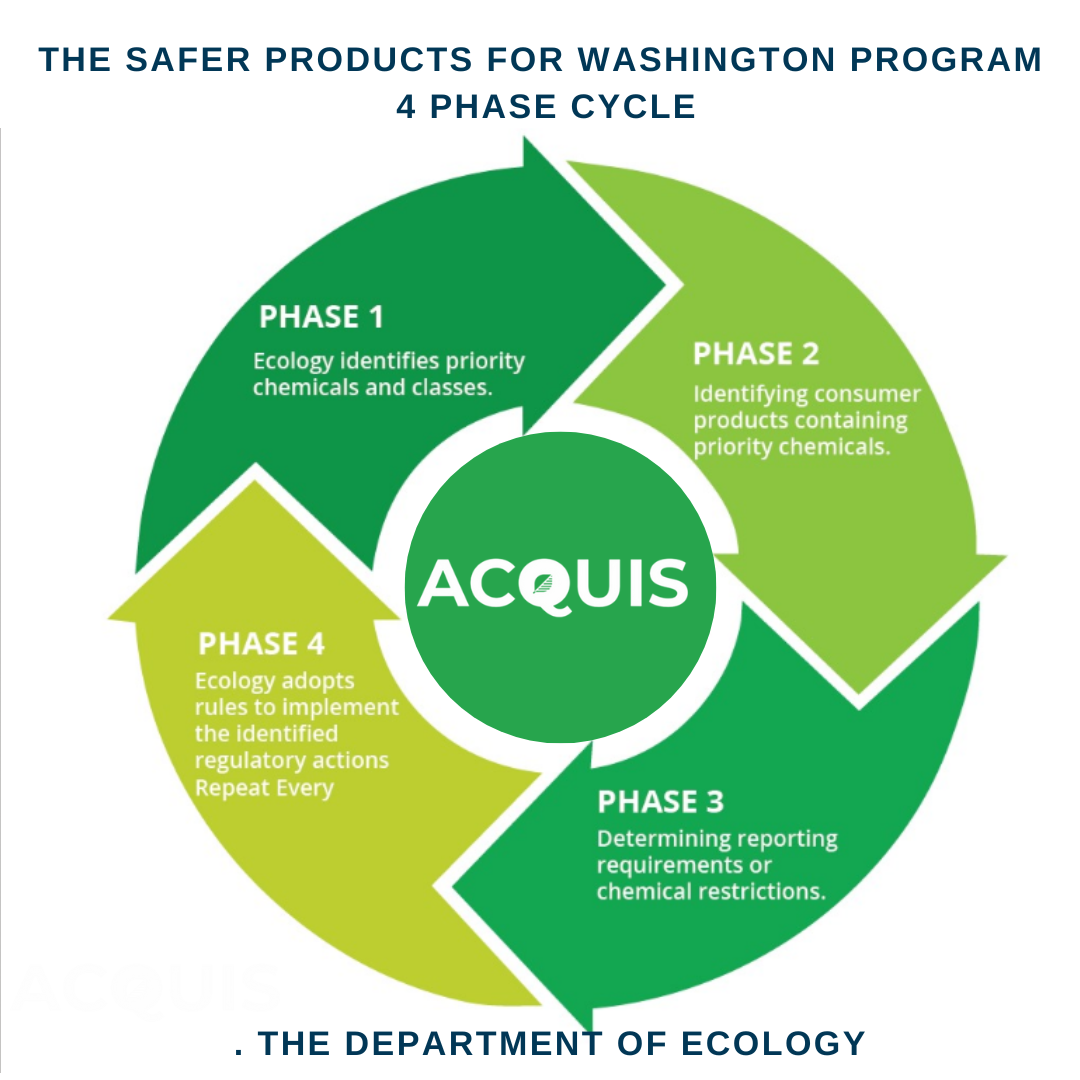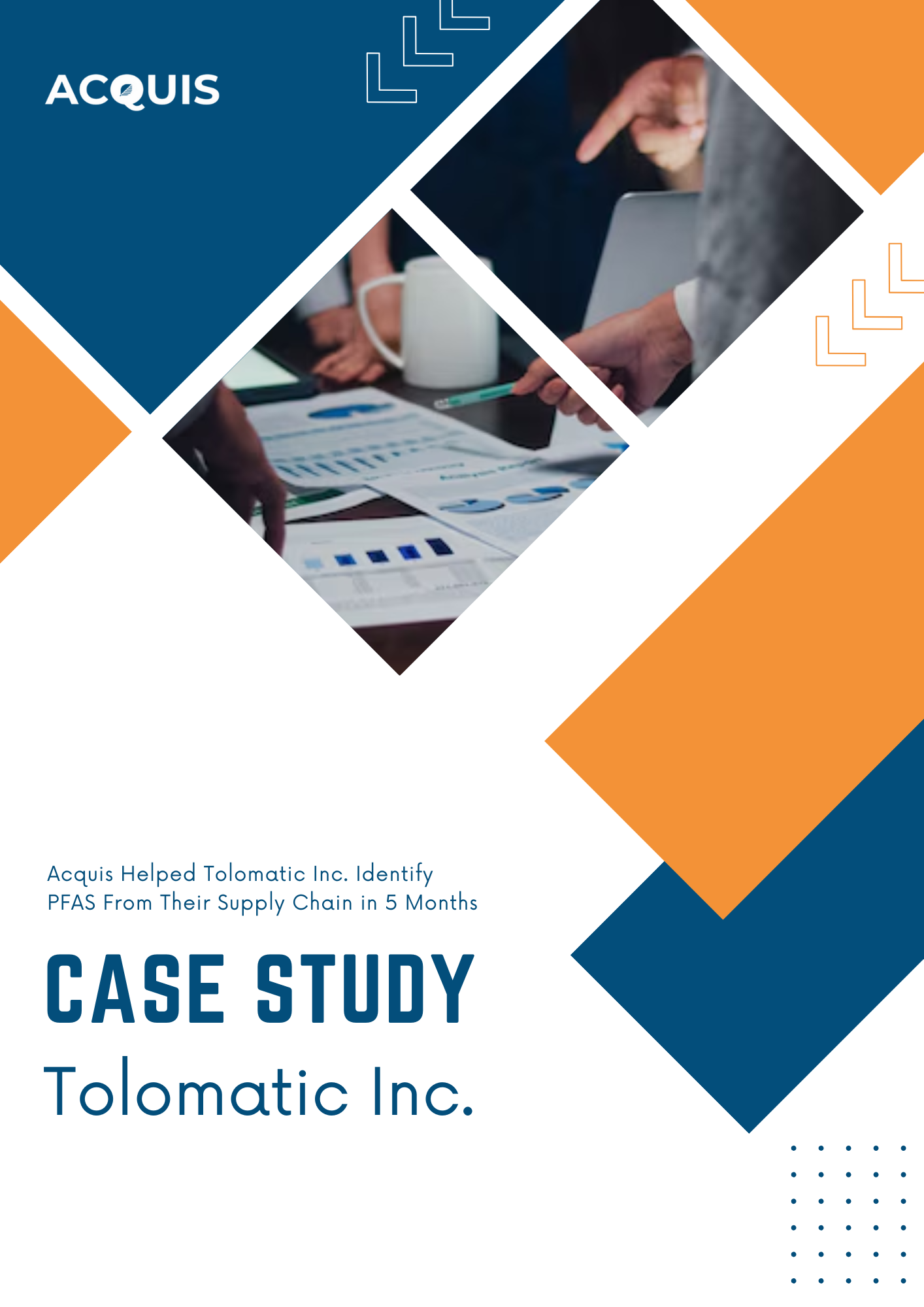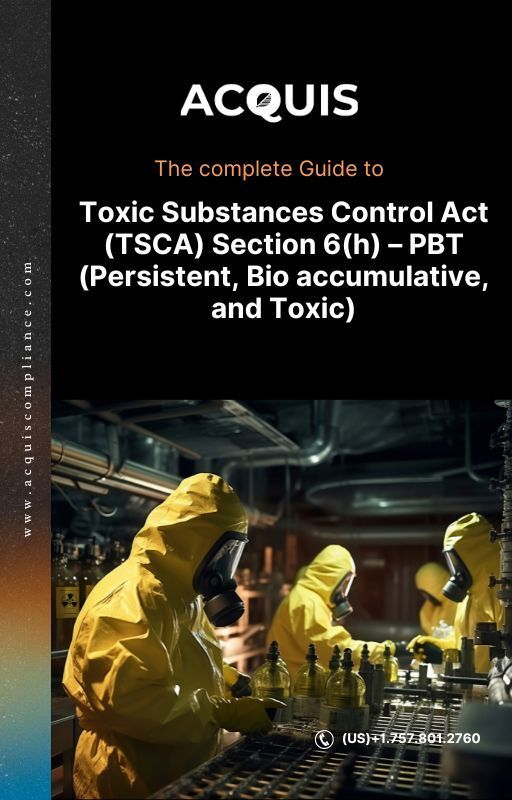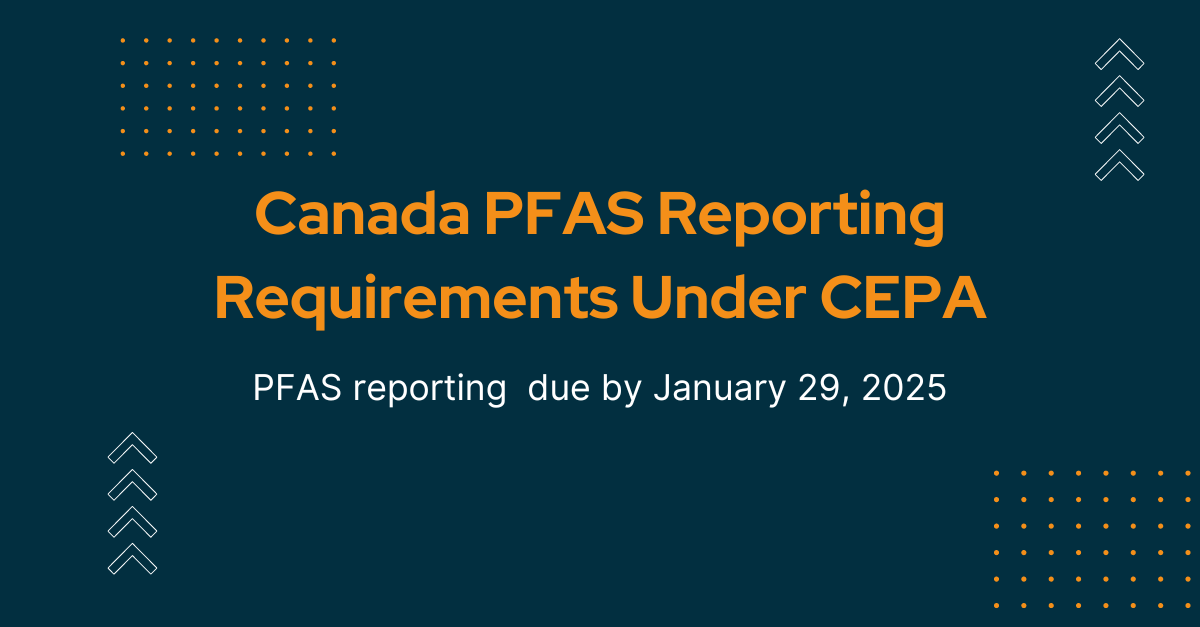Washington State, celebrated for its robust chemical laws, is taking bold strides toward implementing one of the nation's strictest chemical regulations. The Department of Ecology (Ecology) has recently published the Draft Regulatory Determinations Report, a pivotal document that guides the state's rulemaking on products containing per- and polyfluoroalkyl substances (PFAS). This initiative is part of Washington's commitment to environmental protection and public health, addressing the challenges posed by "forever chemicals."
PFAS Products Under Scrutiny in Washington State
The Draft Regulatory Determinations Report sheds light on specific PFAS-containing products that are the focus of Washington's regulatory efforts. These products span a wide spectrum, including apparel and gear, firefighting personal protective equipment (PPE), cleaning products, automotive washes, waxes (for automobiles, floors, and skis), hard surface sealants, and cookware and kitchen supplies. Stakeholders are encouraged to identify products that may face reporting requirements or restrictions and actively participate in the comment period, concluding on January 12, 2024.
Understanding Washington’s Safer Products Laws:
Safer Products laws are enacted to safeguard consumers from exposure to hazardous materials in everyday goods. They empower regulatory bodies to identify, assess, and restrict substances deemed harmful to human health or the environment. The challenge lies in adapting these laws to effectively address emerging threats like PFAS.
Background and Safer Products Program Overview:
The Safer Products for Washington program operates on a four-phase cycle, repeating every five years.
- In the initial phase, Ecology identifies priority chemicals and classes.
- The second phase focuses on identifying consumer products containing these priority chemicals.
- The third phase, which includes regulatory action, determines reporting requirements or chemical restrictions.
- Finally, in the fourth phase, Ecology adopts rules to implement the identified regulatory actions from the previous phase.
Public engagement opportunities are integrated into each phase, ensuring transparency and inclusivity.

This regulatory determination aligns with "phase three" of Ecology's "Cycle 1.5" for implementing the Safer Products for Washington program. Specifically, for certain priority products containing PFAS, the governing statute amended Ecology's approach, directing it to proceed directly to phases three and four.
Ecology's Draft Regulatory Determinations for future PFAS regulation in Washington
Ecology's Draft Regulatory Determinations Report serves as a basis for future PFAS regulation in Washington. The document outlines three regulatory determinations based on the availability of safer, feasible, and accessible alternatives:
- No Further Action: Ecology may determine that no additional regulatory measures are necessary.
- Manufacturer Notification: Manufacturers may be required to notify Ecology of PFAS presence in their products.
- Restriction or Prohibition: A range of restrictions, from manufacturing to retail sales, may be imposed on PFAS-containing products.
Evaluation Criteria for PFAS Alternatives:
Ecology employs a comprehensive evaluation process to determine the regulatory approach, considering factors such as the functional necessity of PFAS, hazards associated with the priority chemical class, risks of alternatives, and the actual usage of alternatives by manufacturers. Safer, feasible alternatives may lead to proposed restrictions, while the absence of alternatives might prompt reporting requirements.
Holistic Considerations: In addition to alternative availability, Ecology takes into account the hazards of the priority chemical class, criteria for listing as a priority product, existing regulations in other jurisdictions, and any additional pertinent information.
Cycle 1 Achievements:
Cycle 1 of the Safer Products program reached a pinnacle with the adoption of a new rule by Ecology on May 31, 2023. This rule signifies a significant milestone, introducing reporting requirements and chemical restrictions on priority consumer products. Noteworthy restrictions include the inclusion of PFAS in aftermarket stain and water-resistance treatments, ortho-phthalates in fragrances and vinyl flooring, and organohalogen flame retardants in specific electronic and recreational products. The rule's implementation includes reporting requirements for selected products, accompanied by a mechanism for companies to request exemptions. These material restrictions are set to phase in on January 1, 2025, with reporting due by January 31, 2025.
Cycle 2 Priorities:
As Washington gears up for the second cycle, Ecology has unveiled the Draft Identification of Priority Chemicals Report, identifying seven new priority chemicals or chemical classes. These include cadmium, lead, brominated/chlorinated substances, benzene derivatives, formaldehyde, cyclic volatile methylsiloxanes, and 6PPD. Ecology actively seeks public input on the Draft Report until July 14, 2023, emphasizing inclusivity in the decision-making process. The Final Identification of Priority Chemicals report is slated for release by June 1, 2024.
Looking Ahead -
A Comprehensive Approach: Cycle 2 follows the established four-phase process, with key deadlines set for June 1, 2025, June 1, 2027, and June 1, 2028. Manufacturers and stakeholders are urged to engage with Ecology during the rulemaking process, contributing to the development of regulations that strike a balance between environmental stewardship and industrial interests. Washington State's commitment to systematically addressing chemical threats serves as a commendable example, positioning the Safer Products program as a national model for effective chemical regulation.
In conclusion, the Safer Products for Washington program continues to evolve, with achievements from Cycle 1 shaping the regulatory landscape and Cycle 2 priorities charting a course for future endeavors. As the state navigates the complexities of PFAS regulation, active collaboration between regulators, industry players, and the public remains crucial for ensuring the effectiveness and sustainability of these initiatives.
Speak to Our Compliance Experts
Share
ENVIRONMENTAL COMPLIANCE
- RoHS
- SCIP (WFD)
- REACH
- California Proposition 65
- Material Disclosure (FMD)
- PFAS
- TSCA PBT
- EU POPs
- EU MDR & IVDR
- ELV (GADSL)
- Others
- Extended Producer Responsibility (EPR)
INTEGRATION SUPPORT
WE ARE GLOBAL
USA
6705 Ridgedale CT, Glen Allen, VA 23059
+1.757.801.2760
info@aquiscompliance.com
India
#9/2, Hennur Bagalur Main Road, Bengaluru - 560077
+91 789 238 1827
info@aquiscompliance.com



